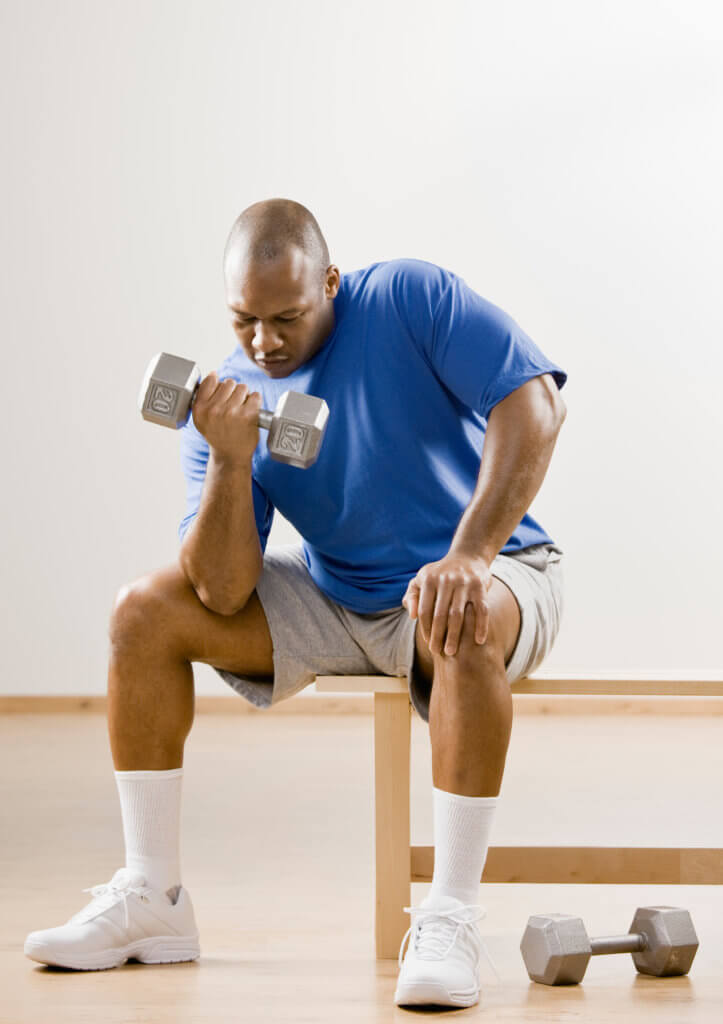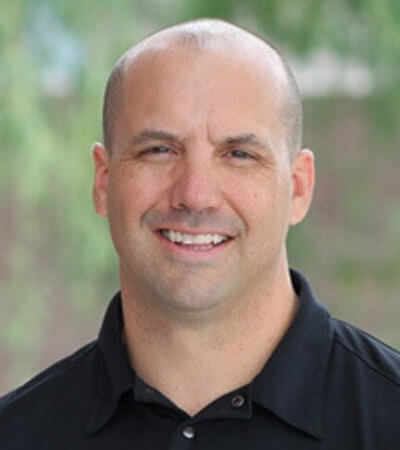Many of us know someone that has been affected by a stroke. They can be life-threatening, and they often seem to happen without any warning — that can be scary. But what is a stroke exactly? And can it be prevented?
The Academy of Neurologic Physical Therapy, a part of the American Physical Therapy Association, explains that a stroke is when the brain is not getting enough blood (and oxygen). This can happen in a couple of ways: Because there is a blood clot in the arteries that flow to the brain (an ischemic stroke) or there is a hole in the blood vessels leading to the brain, and the blood is leaking out and not getting to the brain (a hemorrhagic stroke).

Like with most health conditions, there’s no absolute way to prevent a stroke. But while some risk factors for stroke (like family history or a previous heart attack or stroke) can’t be changed, the American Stroke Association estimates that many strokes can be prevented by improving your health and lifestyle:
- Manage conditions like high blood pressure, high cholesterol and diabetes — talk to your doctor about ways to improve these issues through both lifestyle changes (diet and exercise) and medication.
- Quit smoking and reduce your consumption of alcohol.
- If you’ve been diagnosed with carotid artery disease, follow the treatment plan your doctor recommends.
- Increase your activity. Your physical therapist can help you create a plan to improve your health and possibly even lose weight.
Also, you should be aware that COVID has been shown to increase risk for stroke. While it seems like the coronavirus primarily attacks the lungs and respiratory system, it has also been shown to cause small blood clots. These clots can travel to the lungs and cause a pulmonary embolism, through lack of oxygen to the lungs, or travel to the brain and cause an ischemic stroke, as explained above. If you test positive for COVID, be on the lookout for the symptoms of stroke.
And what exactly are the symptoms of stroke? Jefferson Holm, a physical therapist and board-certified neuro clinical specialist, as well as the owner of Advanced Neurologic Rehabilitation (a Physiquality member in Arizona), reminds you to act FAST. If you see these signs or symptoms of a stroke,
- Facial drooping
- Arm weakness
- Speech difficulties
It’s Time to call emergency services.

Other symptoms can include numbness in the face, arm or leg; a sudden problem with your vision in one or both eyes; a sudden onset of dizziness or losing your balance; or a sudden, intense headache. Just remember, adds Jefferson, that the quicker you are seen by a healthcare provider, the better your chances are of minimizing long-term consequences from the stroke. If you have these symptoms and you’re not sure what could be causing them, it’s better to see someone and have them rule out stroke than waiting too long and going undiagnosed.
If you do suffer a stroke, consider physical therapy once you have been cleared by your doctor for activity. Aaron Williams, a physical therapist and the owner of Orthopedic and Sport Rehab Physical Therapy, another Physiquality member in Arizona, notes that PTs can work with those recovering from stroke to improve movement, balance and strength. And because those that have already suffered a stroke are at a high risk for more strokes, adds Jefferson, it’s important to improve one’s health and reduce those risk factors mentioned above.
If you want to reduce your chances of stroke, or you’re recuperating from a stroke and want to improve your health and reduce the chance of another one, contact a Physiquality rehabilitation therapist today. Use our locator below to find a physical therapy clinic near you.
Thank you to our contributors:

Jefferson Holm, PT, DPT, NCS is a physical therapist and board-certified Neuro Clinical Specialist, as well as the owner of Advanced Neurologic Rehabilitation, a Physiquality member clinic in Chandler, Arizona. He specializes in physical therapy for those dealing with traumatic brain injury, stroke, spinal cord injury, Parkinson’s disease, and Multiple Sclerosis.

Aaron Williams, PT, DPT, CSCS is a physical therapist and the owner of Orthopedic and Sport Rehab Physical Therapy, a Physiquality member with seven locations in Arizona. He has experience in both outpatient and skilled nursing rehabilitation, but his interests are in working with sports medicine and orthopedic patients.
Citroner, George. What to know about COVID-19 and strokes. Healthline.com, May 20, 2020.
Advanced Neurologic Rehabilitation.
- Consider carefully before delaying PT after a stroke. May 4, 2020.
- Thrive to help prevent a second stroke. November 14, 2019.
Carotid artery disease: Diagnosis and treatment. Mayo Clinic, October 4, 2018.
Consumer information: Stroke. The Academy of Neurologic Physical Therapy, 2018.
Recovering from stroke? Physical therapy can help! OSR Physical Therapy, September 28, 2017.
Physical therapy guide to stroke. American Physical Therapy Association, February 11, 2016.
Physiquality.
- How exercise can help prevent disease. June 2, 2014.
- Reducing your risk for type 2 diabetes. November 15, 2012.
Know the facts about stroke. Centers for Disease Control and Prevention.
Gallanagh, Siobhan, Terry J. Quinn, Jen Alexander, and Matthew R. Walters. Physical activity in the prevention and treatment of stroke. ISRN Neurology, October 1, 2011.
“(169/365) Urrghh….” by Sarah G… is licensed under CC BY 2.0.